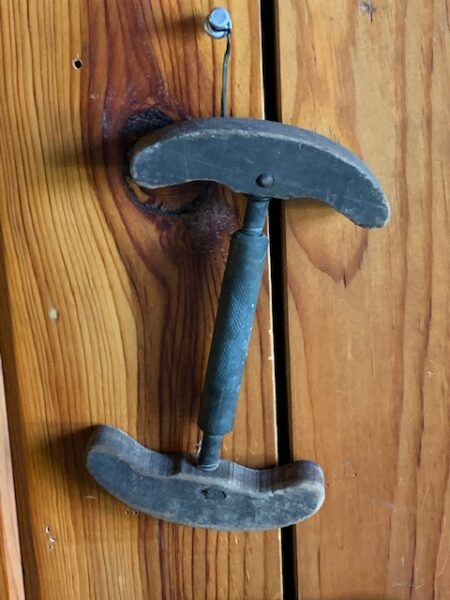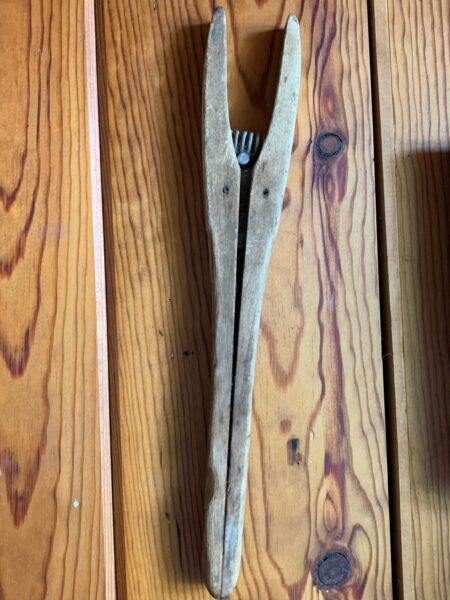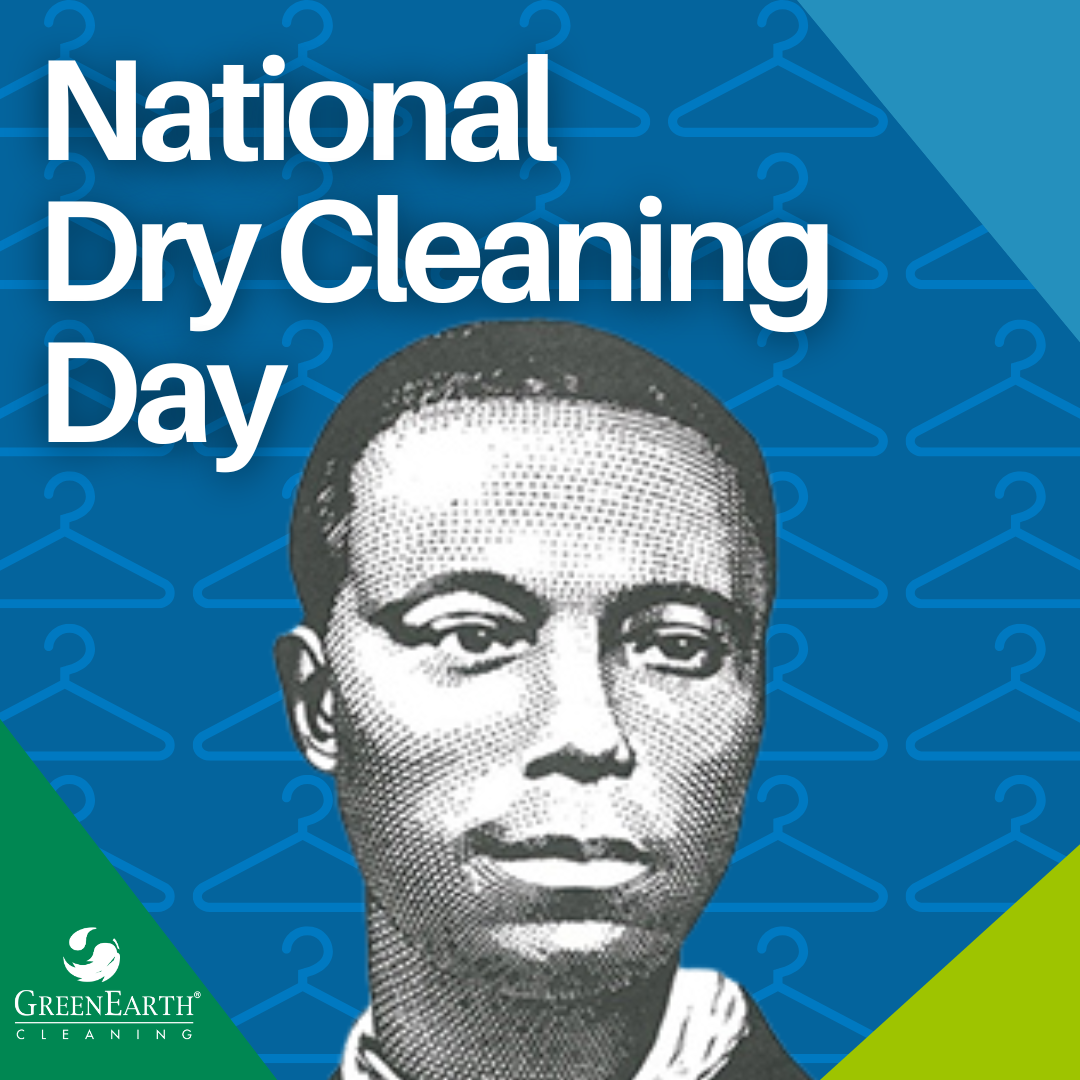
Threads In Time: The History of Dry Cleaning
Commemorating National Dry Cleaning Day, we salute the strides made in the dry cleaning industry, with a nod to the revolutionary contributions of Thomas Jennings. This visionary entrepreneur, secured the first-ever patent granted to an African American in 1821, introduced the groundbreaking ‘Dry Scouring’ process. Jennings not only left an indelible mark on fabric care but also became a trailblazer in the rich tapestry of industry innovation. Join us in celebrating National Dry Cleaning Day as we unfold the remarkable story behind cleaner, crisper, and more sustainable fabrics.
Dry Scouring is an alternative to standard wet cleaning in which stains and filth are removed from fabrics using a variety of solvents without causing damage or shrinkage. This pioneering method established the groundwork for what we currently know as contemporary dry cleaning. Jennings’ inventive spirit paved the way for advancements that continue to shape the world of fabric care today. Let’s continue this walk down memory lane and learn about tools used by dry cleaners in the past with pictures provided by our Technical Sales Representative, Kevin Burditt.
A Classic in Hat Blocking
Imagine the glamor of the 1930s and 40s, when hats were not just an accessory but a statement piece. Hat stretchers, used in the hat blocking industry, played a crucial role in maintaining the impeccable shape of these fashionable headpieces. Craftsmen would stretch and mold hats, ensuring that each curve and contour met the standards of the day.
A Slight Twist
Taking hat stretching to the next level, the umbrella screw hat stretcher added a touch of personalization to the process. This intricate tool allowed craftsmen to adjust the size of the hat precisely, ensuring a snug fit for every wearer. As hats became more than just a fashion item but a symbol of individuality, these stretchers helped achieve the perfect fit for every head and every style.
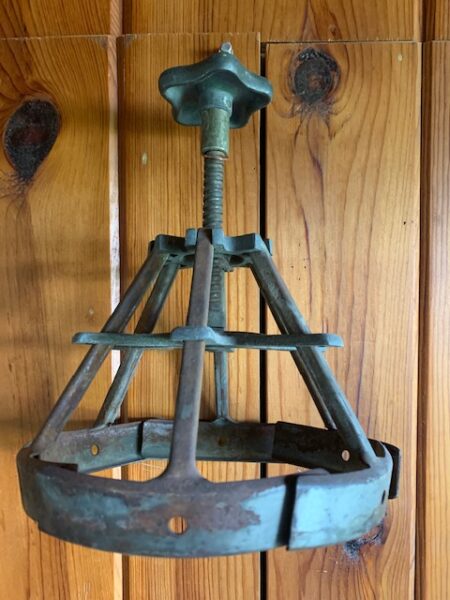
Ironing Out Perfection
In the world of hat making, precision was everything. The Tolliker Iron – a specialized tool designed for hat makers to smooth out imperfections and achieve a flawless finish. This vintage device showcases the intricate craftsmanship involved in the hat industry, where every detail mattered.
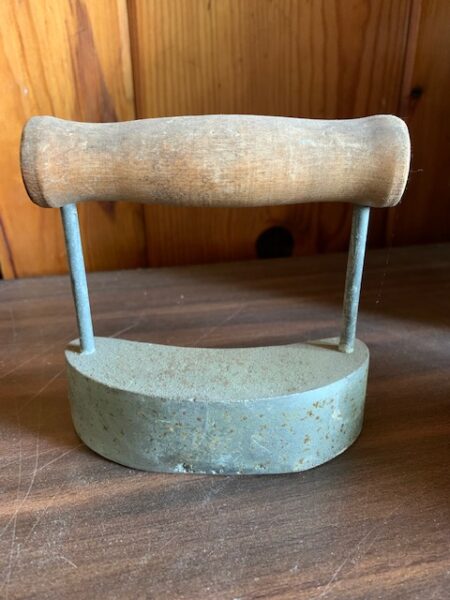
The Giant Laundry Pin
When it came time to put the finishing touches on a sport coat, suit coat, or blazer, the vent clamp was a handy tool. This instrument, which had the appearance of an enormous laundry pin, was essential in maintaining the impeccable condition of tailored clothing’s vents and seams.
A Must-Have for the Professional Dry/Wet Cleaner
Wet cleaning, a technique reserved for delicate fabrics and stubborn stains, required its set of specialized tools. The wet cleaning pants stretcher, with its adjustable hand grips, was a must-have for professional wet cleaners. This tool allowed them to gently stretch and shape garments, ensuring a perfect fit along crease lines while air drying.

Back To The Future
As we revisit vintage dry cleaning tools on this National Dry Cleaning Day, it’s essential to acknowledge the remarkable evolution the industry has undergone. The fine craftsmanship of the past has seamlessly integrated with cutting-edge technology, paving the way for a more efficient, sustainable, and eco-friendly future.
Today, modern machines have replaced the manual labor of the past, making dry cleaning more accessible and time-effective. Moreover, the industry has embraced eco-friendly practices, with innovations including our GreenEarth Cleaning Process while minimizing environmental impact. With reduced water consumption, energy-efficient processes, and a commitment to sustainability, the dry cleaning industry has successfully combined tradition with innovation.
As we celebrate National Dry Cleaning Day, let’s applaud not only the history but also the strides toward a greener and more sustainable future in the world of fabric care. Cheers to the past, present, and the eco-conscious path ahead!


